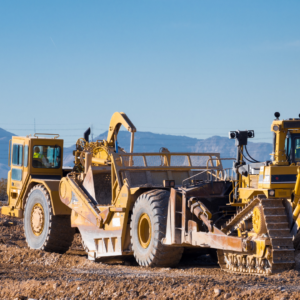Foam-filled tires are becoming increasingly popular among consumers for a variety of applications. From the agricultural and construction industries to golf carts and ATVs, foam-filled tires can provide much-needed support and stability in challenging terrain or environments. Many people are now opting for foam tire filler instead of rubber filler for tires, as it provides excellent shock absorption and a smoother ride. But how do these unique tires work, and are they really any better than traditional air-filled tires? In this article, we’ll take a closer look at foam-filled tires and discuss their advantages and disadvantages compared to air-filled tires.
Advantages of Foam-Filled Tires
 One of the main benefits of foam-filled tires is that they are much less susceptible to punctures than air-filled tires. Foam-filled tires are filled with a closed-cell foam material that is designed to absorb impact and prevent flat tires. This makes them ideal for rugged terrain, where sharp objects may be present. Additionally, they provide better traction than air-filled tires because the foam absorbs shock and creates more friction with the ground.
One of the main benefits of foam-filled tires is that they are much less susceptible to punctures than air-filled tires. Foam-filled tires are filled with a closed-cell foam material that is designed to absorb impact and prevent flat tires. This makes them ideal for rugged terrain, where sharp objects may be present. Additionally, they provide better traction than air-filled tires because the foam absorbs shock and creates more friction with the ground.
Foam-filled tires also offer a much longer lifespan than air-filled tires, as they are less prone to wear and tear. This means that users don’t have to worry about replacing the tires nearly as often, saving money in the long run. Additionally, foam-filled tires require very little maintenance and can be inflated or deflated without the use of a pump.
Disadvantages of Foam-Filled Tires
 Despite their many benefits, there are some drawbacks to foam-filled tires as well. First, they tend to be much heavier than air-filled tires, which can significantly reduce fuel economy and vehicle performance. Additionally, the cost of foam-filled tires is typically higher than air-filled tires, making them a more expensive option.
Despite their many benefits, there are some drawbacks to foam-filled tires as well. First, they tend to be much heavier than air-filled tires, which can significantly reduce fuel economy and vehicle performance. Additionally, the cost of foam-filled tires is typically higher than air-filled tires, making them a more expensive option.
Another disadvantage of foam-filled tires is that they do not provide the same level of cushioning as air-filled tires. For this reason, they may not be suitable for certain applications where ride comfort is a priority. Finally, some users have reported that foam-filled tires are much noisier than air-filled tires, which can be a nuisance for some.
Conclusion
Foam-filled tires offer many advantages over traditional air-filled tires, including better puncture resistance and improved traction. However, they can also be significantly heavier and more expensive than air-filled tires. Additionally, foam-filled tires may not provide the same level of cushioning as air-filled tires, and they can also be noisier. Ultimately, it’s up to you to decide if foam-filled tires are the right choice for your application. If you need a tire that is puncture resistant and offers better traction in challenging terrain, then foam-filled tires may be the perfect option. On the other hand, if you prioritize ride comfort and economy, then air-filled tires may be a better choice.
